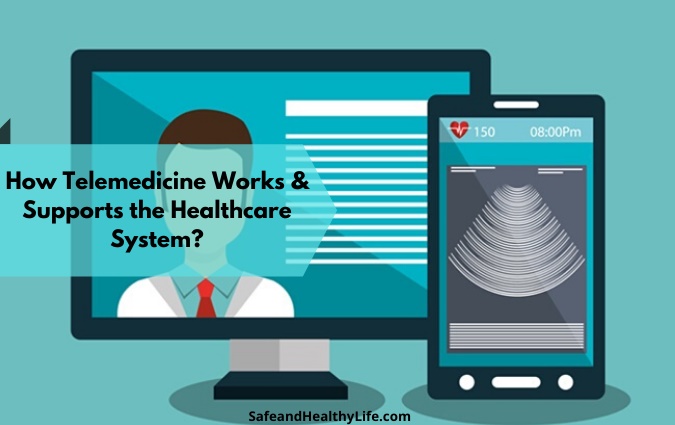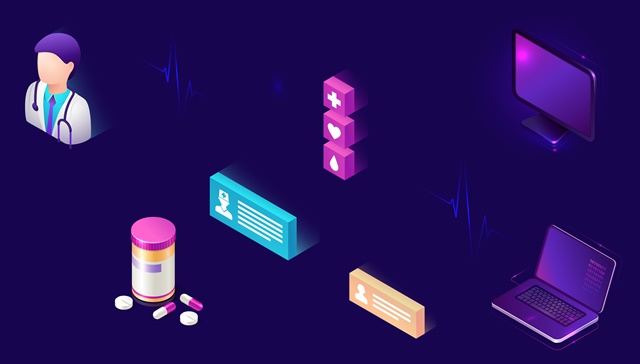
Telemedicine is called one of the fastest-growing areas of healthcare. Medical consultations through special online services and mobile applications have been practiced worldwide. Check out for a Voice over internet protocol.
Get a doctor’s consultation at a distance?
Nothing is impossible! Thanks to virtual care, it has become no more difficult to treat than to make purchases in an online store. Only here, modern IT technologies help save lives and restore health.
In simple words
Telemedicine (aka distance medicine) is when computer technologies are used to exchange medical information.
At the same time, communication between the doctor and the patient, the appointment of treatment, diagnosis, and prevention are transferred from the usual medical rooms to the virtual environment.
A Background of Telemedicine
The term “telemedicine” is very young – it was first used in 1974. However, they started providing medical assistance at a distance much earlier. The invention of the telephone, and was more than 100 years ago.
Patients tried to transmit a heartbeat through it so that the doctor on the other end of the wire would diagnose them. Of course, no one could be cured by such dubious methods at that time.
Who needs telemedicine when?
- Patients from remote areas where it is not possible to quickly get advice from a specialist in the field.
- Patients who want to confirm the diagnosis and are interested in the opinion of a second, and sometimes a third specialist.
- People suffering from chronic diseases. Usually, they know the symptoms of their illness, they have already been prescribed treatment, but now they need supportive therapy.
- Doctors at the beginning of a career and those who have long and successfully practiced. They need mentoring, the help of more experienced colleagues, and the exchange of experience.
- Students who study at medical schools. With the help of telemedicine, they can virtually visit a complex operation or listen to a lecture by a professor from another country.
- Employers and insurance companies. Thanks to telemedicine, they spend less on sick leave.
Benefits of Telemedicine
There are many benefits of telemedicine and it is growing every day and having even more important than before:
- Make health care services more accessible
- Provide high-quality medical services to rural residents
- Issue a prescription for a medicine, certificate, or extract from a medical history via the Internet
- To decipher the results of medical laboratory studies
- Control the spread of severe ailments
- Reduce the cost of primary health care services
- The opportunity to receive advice even while abroad
- Saving time on personal communication in the doctor’s office, the lack of queues
How is the communication between the doctor and the patient in telemedicine?

In popular online services with a medical bias, a real doctor who is in his office consults the patient.
Most often, this format is justified at the initial appointment, when the doctor asks questions, and the patient answers them. The only thing that the first one cannot do is to conduct a full examination, listen with a stethoscope, make a palpation, etc.
The doctor prescribes tests, and after they are passed, the patient can come for a real appointment or continue consultations remotely.
Recently there have been examples of the use of telemedicine for pets. Veterinarians advise patient owners about lethargy, drowsiness, poor appetite, skin itching, and inflammatory processes in the eyes.
Usually, it comes down to online consultations and the appointment of tests, with which you can then come to an in-person appointment.
Common Myths about Telehealth
Due to the lack of public awareness, there are myths about telehealth:
- In case of illness, you do not need to visit a doctor. It is not true. In most cases, an in-person consultation cannot be dispensed with, for example, an ENT specialist will not be able to examine the ears or nose.
- The doctor will be able to make a diagnosis remotely. Law prohibits this. The diagnosis can only be made at reception.
- The doctor is not responsible for prescribing treatment remotely. It is a myth. The doctor bears full legal responsibility for his actions, so he cannot prescribe treatment at the initial online consultation. The doctor has the right to only adjust therapy if previously there was a full-time examination.
Conclusion
We can expect that telemedicine will go far ahead in a few years. There are also many reasons for this: the deep penetration of the Internet, including in remote areas, the emergence of a large number of mobile and wearable gadgets, IoT, and the possibility of pandemics occurring like coronavirus, blockchain, and artificial intelligence technologies. The emergence of medical startups and the popularity of a healthy lifestyle also contribute to this.
About The Author:
Waqar Hussain: I am a Professional Content writer with years of experience. I have written on different topics which makes me versatile to write on any type of content you want. I ensure you that the content that will be provided to you will be of good quality and free of plagiarism.




